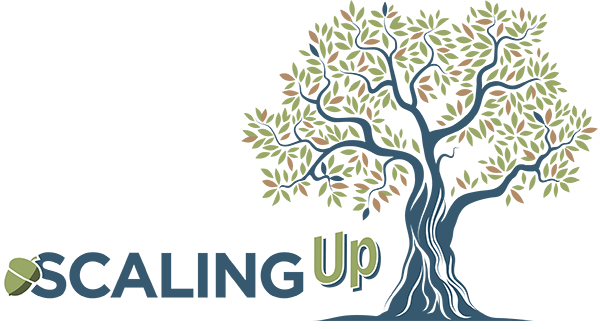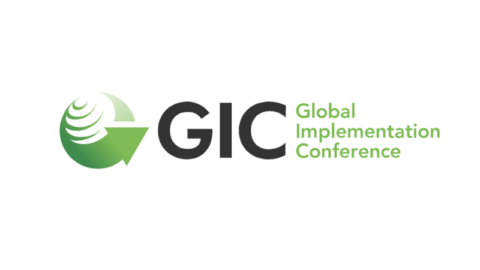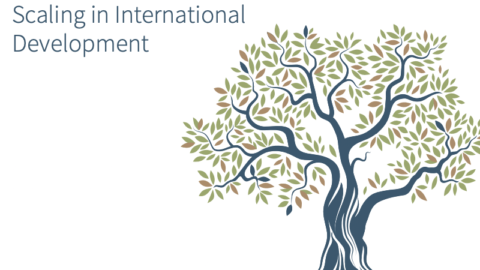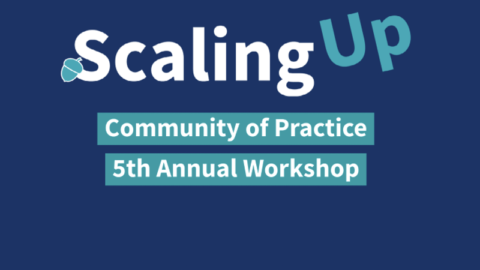The case of “evergreening” and carbon restoration
The reckoning in 2030 on the Sustainable Development Goals is just around the corner, and once again the mid-term monitoring is a cause for concern. The recently published Sustainable Development Report 2022 comments on slow and steady progress until 2019, followed the previous report by two years without discernable improvement. The dashboards show a sea of red status indicators and horizontal arrows signifying significant or severe challenges and a lack of progress, including for key SDGs such as SDG 1 (no poverty), SDG 2 (zero hunger) and SDG 15 (life on land).
However, many countries are progressing satisfactorily on SDG 12 (Responsible consumption and production) and SDG 13 (Climate action) including Low-income countries. This is critically important to slow and ultimately forestall the advent of Hothouse Earth. But as we all know, the reduction of GHG emissions needs to be greatly accelerated in order to avert the Hothouse Earth scenario. One proven way to reduce emissions and absorb CO2 from the atmosphere are nature-based solutions. The Global Evergreening Alliance, an alliance of more than 60 major NGOs and science organizations, promotes an Evergreening the Earth Campaign (‘greening up to cool down’) which advocates massive scaling of nature-based solutions in order to draw down 20 billion tons of e-CO2 annually by 2050 – which could amount to as much as 5 billion tons e-CO2 annually by 2030 through land and forest restoration.
The Campaign has identified a dozen operational principles to foster the urgently-required massive scaling of ‘evergreening’ land and carbon restoration. The principles are: changes of mindset at all levels; expanded participatory and systems approaches; strengthened outcome and impact planning; broad impact scaling programs; identified positive tipping points for scaling; context-specific scaling processes; enabling institutions and policies; functioning value chains; positive incentives for all stakeholders; value-adding integration; co-learning among all partners; and local capacity building.
Naturally, the applications of the operational principles would be conditioned by the types of landscape systems and cultural and policy contexts. These principles and associated competencies can be used for capacity audits and to design capacity building programs for training practitioners for accelerated scaling of evergreening. Further, the principles can be used by managers for ex ante assessment of the likelihood of achieving planned outcomes with scaling programs and for monitoring progress with scaling initiatives.
These operational principles are not new [and they overlap significantly with the recently issues Principles and Lessons of the Scaling Community of Practice; Editor’s note] – many experienced development professionals might say many of these are common sense — but have rarely been applied together for the design and adaptive management of scaling programs and movements for land and carbon restoration. There appear to be a number of salient fracture points which constrain effective implementation of these principles.
First, there is a fundamental issue with the mindsets and political economy of restoration financing and programs. Much financing is motivated by biophysical targets, for example, area restored, trees planted, or higher yields, and farm families are a secondary consideration. This really misses the central dynamic of community ownership and management of natural resources to sustain and grow their livelihoods and in the process to scale the restoration of land and carbon, the reduction of yield gaps, and the generation of local ecosystem services and increased biodiversity.
Second, projects are often designed as an end in themselves, rather than transient external supports to ongoing, hopefully positive, development and scaling dynamics and trajectories. Any project should be accompanied by a description of future local development scenarios and plans for graduated start-up of project activities and organized phase-down and handover (i.e., exit plans) of functions and capacities to local stakeholders. Such approaches can foster local ownership of scaling processes and improved prospects for post-project continuation and scaling.
Third, the creation of incentives which foster effective landscape management is a critical intrinsic aspect of restoration program design which cannot be substituted by the size of investments. These days fewer and fewer architects of land management and restoration programs have real lived experience with village level development processes – and this experience results in designs with more chances of successful implementation. Decades ago, a higher proportion of the managers in funding organizations had the benefits of the lived experience in field development projects which lent a different quality to formulation processes. Some enriched formulation processes partially overcome these lacunae, including more pilot phases and extended consultations, along with greater recognition of the importance of monitoring and adaptive management.
Finally, there is inadequate learning about determinants of restoration and development program successes and failures. Learning about development and scaling restoration would be aided by greater transparency in formulation and implementation, by improved monitoring and ex post assessment and by publicly-available central repositories of program experiences. Some monitoring tools enable better assembly and ultimately sharing of information on program performance (e.g., from the Global Evergreening Alliance, or the World Resources Institute) and of course by the learning about scaling which is nurtured and energized by the Scaling Community of Practice.






